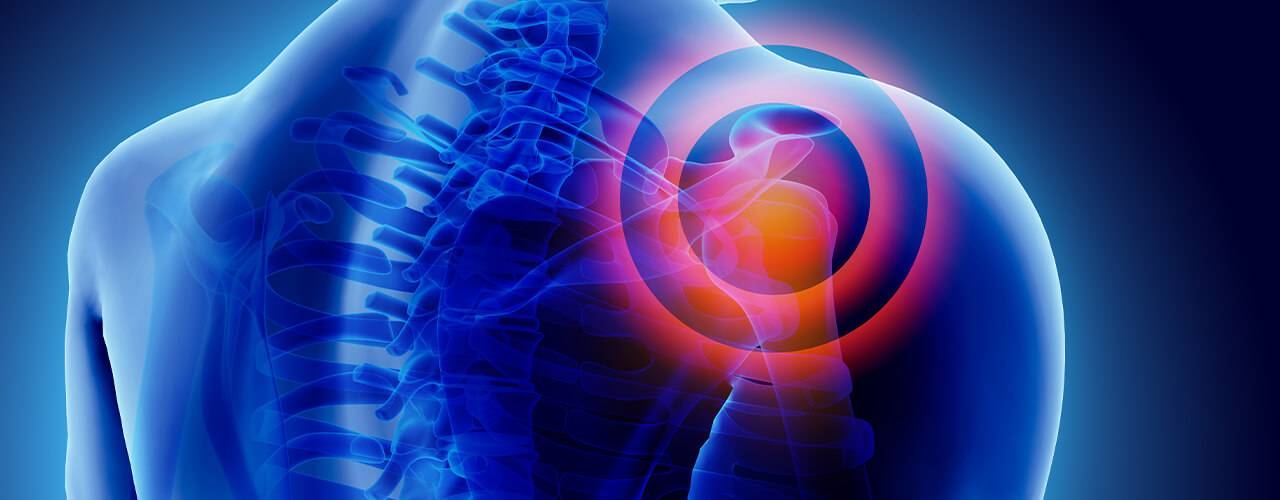Do you wince when you reach overhead, pull on a T-shirt, or roll over on your shoulder at night in bed? If so, you probably know firsthand how debilitating and frustrating a shoulder pain condition can be. Whether you injured your shoulder in a recent accident, sprained/strained your shoulder by over-training, or simply are dealing with age-related shoulder joint dysfunction, you may find yourself struggling with day to day functions which you might have once taken for granted.
If any of this sounds like you, our physical therapy team wants you to know that relief and resolutions (drug- and surgery-free!) are possible!
What Is Shoulder Pain?
According to data shared by the National Institute of Health, the estimated prevalence of shoulder pain ranges from 4% to 26%. Assuming this data is accurate, this means upwards of 1 out of 4 people are struggling with shoulder pain at any given time.
Both acute and chronic shoulder pain can feel dull, achy, sharp, or throbbing. It may be associated with weakness, tenderness, swelling, bruising, and instability at the shoulder joint, making it difficult for a person to lift their arm. Sometimes, numbness, tingling, and weakness can also develop in the arm, hand, or fingers.
Your shoulder is actually the most mobile joint in your body and requires the intricate coordination of many muscles (including the so-called rotator cuff), ligaments, tendons, joint capsules, joint labrum (a joint lining to improve alignment), nerves, and bursae (friction-reducing sacs found between tissues like tendons and bones). Damage or dysfunction of any of these structures can lead to a shoulder pain condition.
What Causes Shoulder Pain?
Acute shoulder pain is a common condition which usually develops after some traumatic event in sports, occupations, personal injuries, or auto accidents. Chronic shoulder pain lasts longer and may come on more gradually; this is typically due to repetitive movement or overuse. Other risk factors for shoulder pain include poor posture and advancing age.
Our sports science therapy team commonly diagnoses the following shoulder pain conditions:
- Adhesive Capsulitis (Frozen Shoulder): progressive and marked loss of range of motion in the shoulder, generally following some sort of injury, illness, or infection affecting the shoulder area
- Arthritis: Wearing down of joint cartilage causing painful bone-on-bone rubbing and inflammation.
- Bursitis: Inflammation and swelling of the bursae.
- Dislocation: The humeral head inside the main “socket” of the shoulder joint (called the glenoid fossa) can become partially subluxed or fully dislocated (dislodged out of place, usually due to significant trauma). Even if it “pops” back into place, your shoulder will likely be more unstable and at risk for re-injury unless treated.
- Rotator Cuff Tendonitis and Shoulder Impingement: Friction or pressure on tendons (e.g., if they rub against bones) can inflame the tendons and cause swelling, pain, and decreased mobility. Acute or chronic trauma can also lead to small tears in the rotator cuff muscle fibers.
- SLAP tear: this is a tear in the superior part of the labrum in an anterior to posterior direction and can be caused by acute or repetitive trauma.
How Sports science Therapy Treats Shoulder Pain
The right course of sports science therapy can help you manage shoulder pain without surgery. By meeting with a sports science therapist for your condition, you will be able to learn the underlying diagnosis and contributing factors of your dysfunction, get relief from your symptoms, and then learn how to avoid recurring problems in the future.
Following a thorough examination in which we look at your physical body, medical and family history, fitness, age, and other characteristics, we can devise a treatment plan to address your impairments, needs, and goals. Our customizable and comprehensive services for shoulder pain generally include:
- Therapeutic exercises to heal tissues, improve mobility, and increase joint strength and stability
- Modalities like low-level laser therapy, electrical stimulation, and ultrasound to reduce swelling and accelerate healing
- Joint mobilizations to improve shoulder alignment and mobility
- Postural training and kinesiotaping to improve posture and muscle firing patterns
Looking to get the frustration of shoulder pain “off your shoulders”? Get shoulder pain relief with physical therapy. Contact our sports science therapy clinic now to book an appointment.






